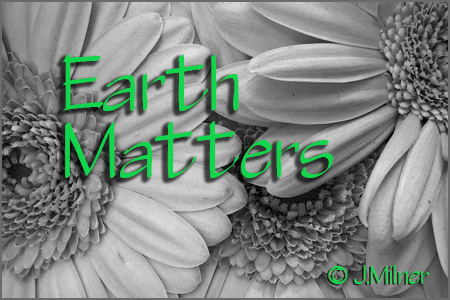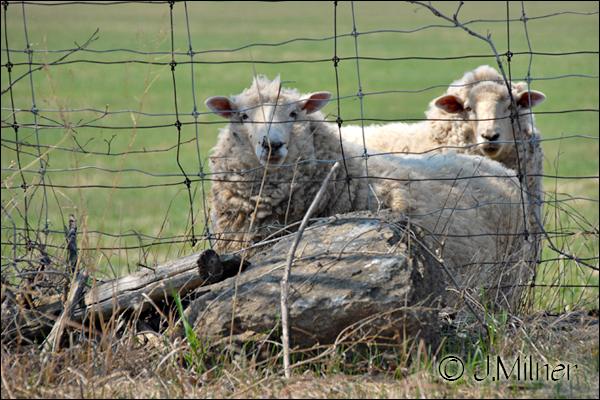 CFN – Leaves and plants naturally break down to create compost. Composting is an accepted way of recycling plant material that man has borrowed from nature. All the best gardening practices imitate nature in a location of our choosing. Composting feeds the soil and is therefore a useful tool to incorporate in your vegetable or flower gardening practices. So how do we begin?
CFN – Leaves and plants naturally break down to create compost. Composting is an accepted way of recycling plant material that man has borrowed from nature. All the best gardening practices imitate nature in a location of our choosing. Composting feeds the soil and is therefore a useful tool to incorporate in your vegetable or flower gardening practices. So how do we begin?
It really is as simple as “bonjour”. You may begin with a layer of soil in a bin or begin with your actual lawn as your base layer. Composting basically involves layering brown material, (things that were plants such as chipped twigs, shredded paper, dried up leaves, dried up lawn clippings, hay or straw) with layers of green material. (fresh grass clippings, plant material, vegetable and fruit peelings, weeds before they go to seed). The brown layer is composed of material such as aged manure, dry straw or hay, shredded twigs and leaves. This provides the carbon necessary for compost. The green layer is made up of materials high in nitrogen. This would include plant food scraps, coffee grinds, tea leaves, fresh plant trimmings and weeds as well as fresh non-carnivorous animal manure. (From horses, chickens, alpacas, rabbits, sheep)

It is important not to include animal bones or meat, dairy products, whole eggs, oils or manure from meat eating animals. These items will attract animals and create unpleasant odours. Include crushed egg shells in limited quantities only as the excess minerals can interfere with the composting process.
Moisture is a requirement for a healthy compost pile. In wet weather you may have to put a tarp on the pile to insure a healthy compost environment and alternately may have to water the pile if it becomes too dry. When holding a handful of material from the compost pile in your hand, look for a wetness level that one might associate with a wrung out facecloth. The compost pile also needs to be kept oxygenated. This is easily accomplished by turning the material about once a week or so. Inserting 3 or 4 five inch diameter pipes with holes throughout the length of pipe, the depth of the pile, also allows air to circulate.
The average temperature of a working compost pile is about 140 degrees F. If you find your pile isn’t composting fast enough you can add more green material, add a little water and turn more frequently. If it has an ammonia smell there is probably too much green material. Add more brown material such as leaves or straw from the previous season to counter this symptom.
What to use? There are many ‘compost kits’ on the market or you can simply begin a couple of different piles in your yard on the ground. Using a little scrap untreated wood or fencing can shelter your pile from the elements and keep everything in one spot. Having more than one pile means that as you fill and mix one pile you can begin another so that when the second pile is full you will have yourself some fully composted material, often referred to as black gold, in the first pile that can be spread to provide nourishment for your lawn, garden and house plants.
There are many web sites out there to help you along the way in this new adventure. A good place to start would be http://www.howtocompost.org
Your commentary is always welcome and appreciated below or to earthmatters@cornwallfreenews.com

